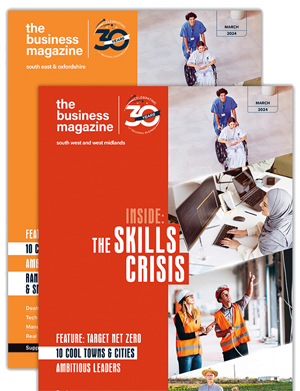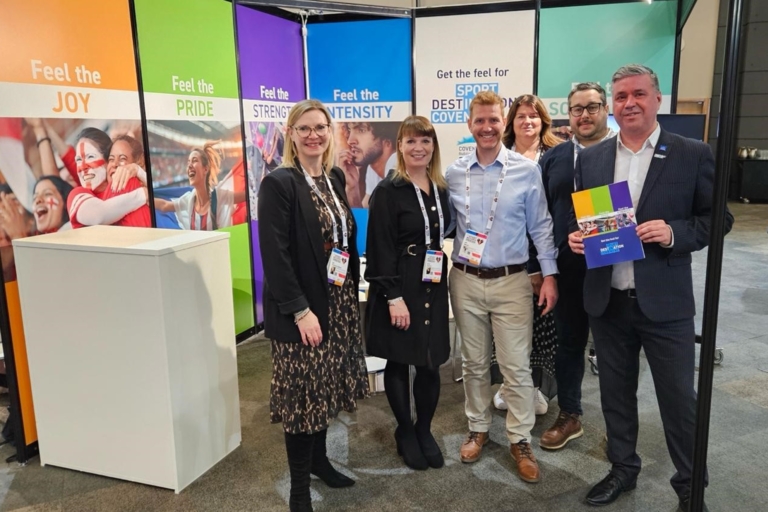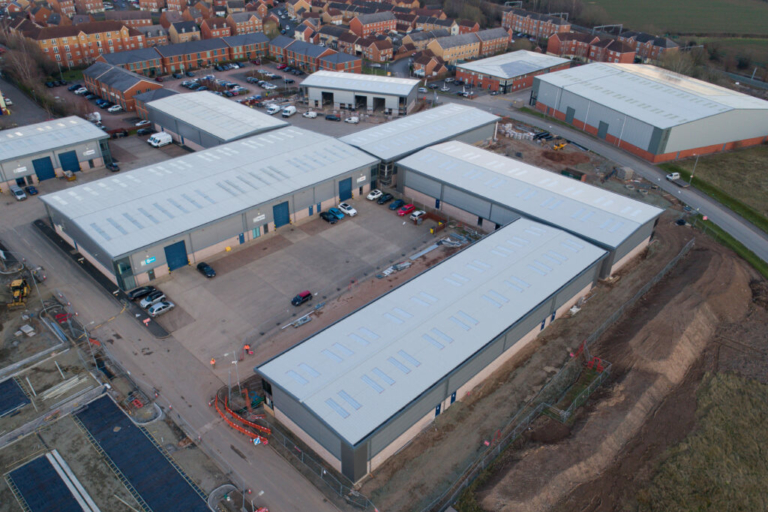Reading: Real-estate network hears about making buildings fit for people
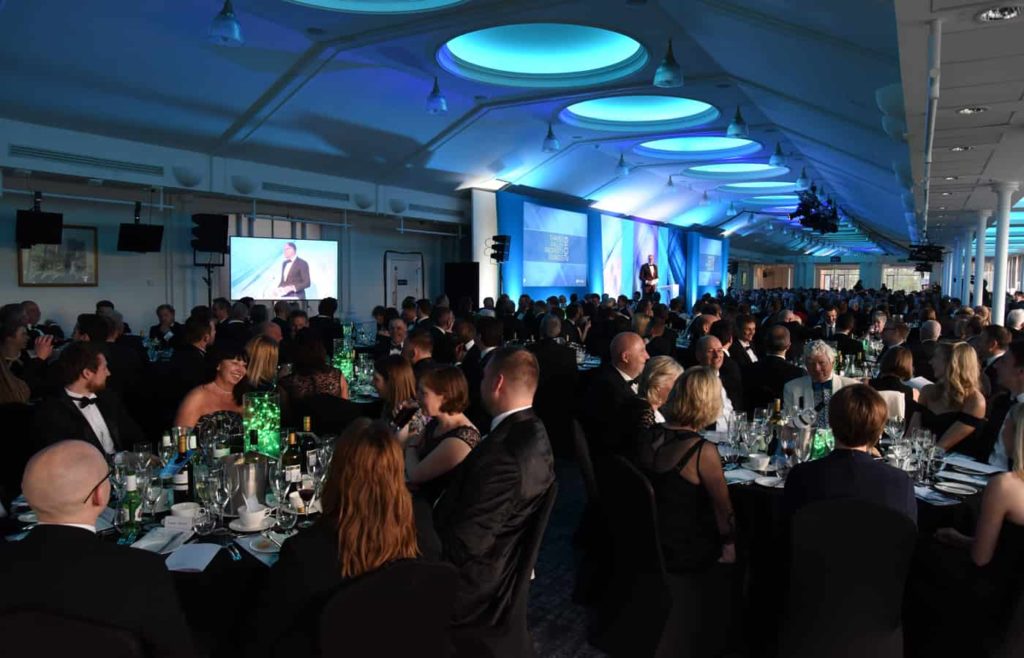
Patrick Staunton, environmental and sustainability manager at office interior specialists Morgan Lovell, outlined the dos and do nots of gaining WELL Building Standard certification to delegates at the Reading Real Estate Network’s (RREN) latest event.
A strong turnout for the latest RREN event, held at The Blade in Reading, heard guest speaker Patrick Staunton make a compelling case for businesses to adopt a more people-focused approach to office design and construction.
The WELL Building Standard is a hot topic in the construction sector he said. The International WELL Building Institute launched the global rating system in 2014 and there are currently over 1,600 WELL projects around the world.
An updated version of the points-based certification process was released last year, making it more flexible and cost effective with fewer pre-conditions on design, procurement and construction.
Certification to its silver, gold and platinum standards are based on performance to built environment aspects, including air, water and light, all of which have an impact on people’s physical and mental health.
Employee focus
“Businesses are turning to schemes like WELL to mitigate risks around the cost of recruiting and retaining staff, as well as reducing absenteeism and presenteeism in the workplace,” said Staunton, whose firm has delivered two WELL certification projects to date, has one underway and three in the pipeline.
Staunton outlined the reasons why he thought the standard is becoming popular. “Previously, work was somewhere you went for eight hours a day and wellbeing was something you did in your time when you were no longer at work.
“Nowadays, people have aspirations to improve their state of wellbeing at work and their enjoyment of the environment. After all, if you are there for 40 hours a week you might as well make it somewhere you want to go.”
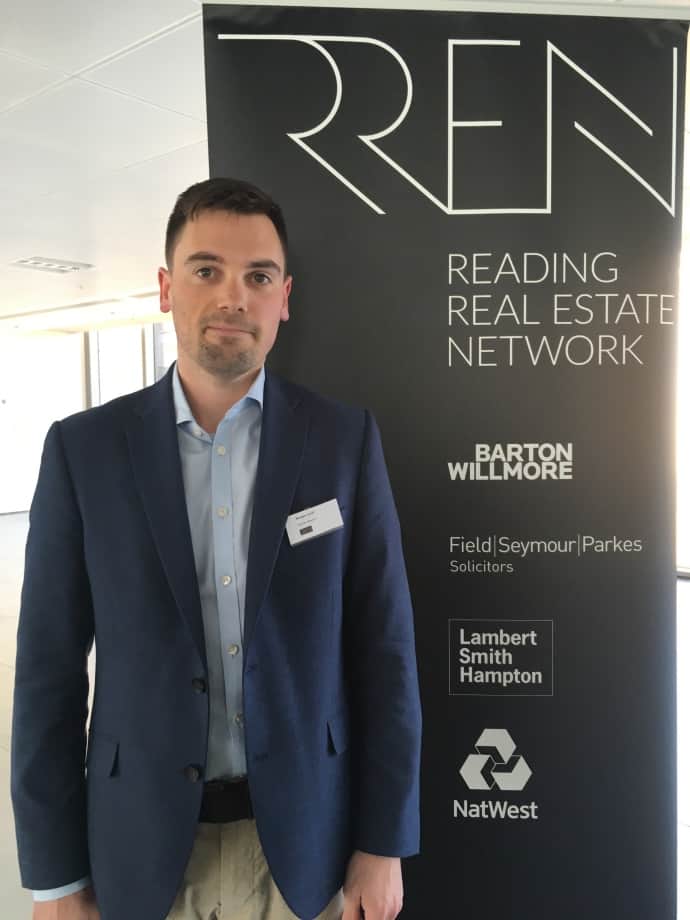
Traditional methods of fitting out office space don’t always factor in psychological and wellbeing factors. On the other hand, the WELL standard addresses these issues in ways that improve employee productivity.
“For example, research shows that having a view improves your mental functions and memory, while productivity increases with better lighting and ventilation,” Staunton pointed out.
While these benefits are generally well known, Staunton said that using the WELL standard ensures companies put ideas into practice and measure the results.
“FTSE 100 companies that have undertaken wellbeing schemes saw at least a 10% improvement in staff productivity in those offices relative to those who hadn’t undertaken wellbeing schemes,” he said.
Getting started
Interestingly, water supply can be a major stumbling block to achieving WELL certification. “The single most important thing before you decide whether to pursue the WELL standard is to test that the water supply is compliant,” said Staunton. “If it isn’t then you would need a filtration system and the space in the building to install one.”
Getting main contractors and sub-contractors up to speed on the standard is another potential challenge. And once companies decide to go for certification, timing is essential.
“Delays later on can be avoided if you get the design right at the outset,” noted Staunton.
Another potential pitfall to avoid is what Staunton described as the ‘evil 10%’. These are the hard-to-control activities or unchecked materials on a project that fall outside the WELL specification. “Sub-contractors might bring their own materials on site, for example, adhesives to fix flooring, that aren’t WELL compliant. The evil 10% is the hardest part in ensuring a project meets WELL compliance,” he said.
Top tips for a WELL project
Staunton concluded his RREN presentation with advice to companies considering WELL certification:
- Make sure certification is feasible for your office, especially regarding water supply, heating and ventilation systems.
- Obtain employee feedback early on about the type of work environment that will be best for them.
- Allow enough time in design to ensure all aspects of the project will meet WELL certification requirements before you begin the procurement and construction phases.
The RREN is hosted by Barton Willmore, Field Seymour Parkes, Lambert Smith Hampton and NatWest.
For more information about WELL certification email [email protected] or visit the International WELL Building Institute website (www.wellcertified.com).

